22 July 1944: During an air attack on a Japanese seaplane base and barge landing at Kokas, Enga, Dutch New Guinea, a Douglas A-20G-25-DO Havoc light attack bomber, serial number 43-9432, was hit by anti-aircraft gunfire and crashed into the sea. The pilot, 1st Lieutenant James L. Knarr, on his 70th combat mission, and gunner Staff Sergeant Charles G. Reichley, on his 46th, were killed. The A-20, named Bevo, had been assigned to the 387th Bombardment Squadron, 312th Bombardment Group, based at the Hollandia Airfield Complex.
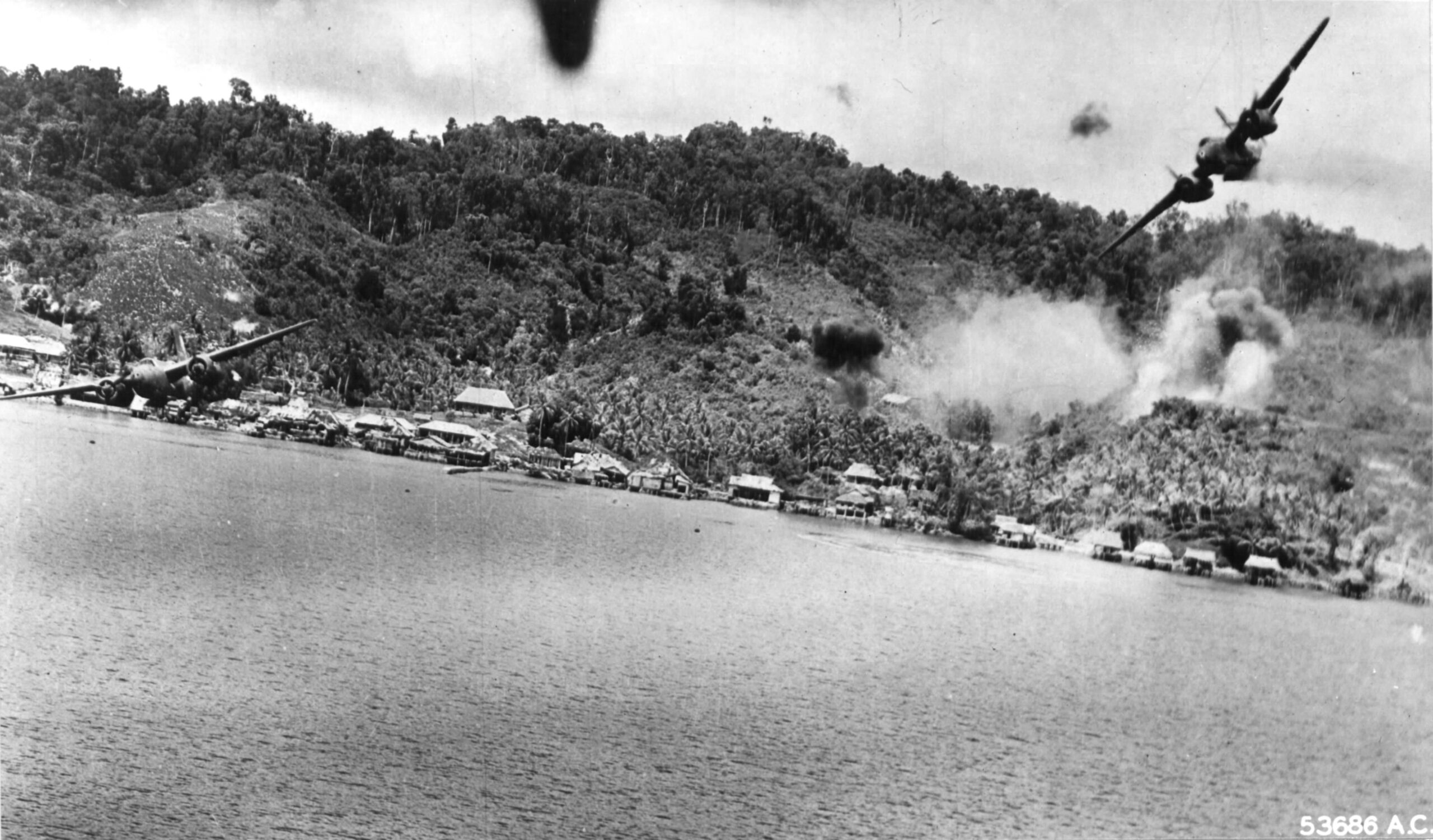
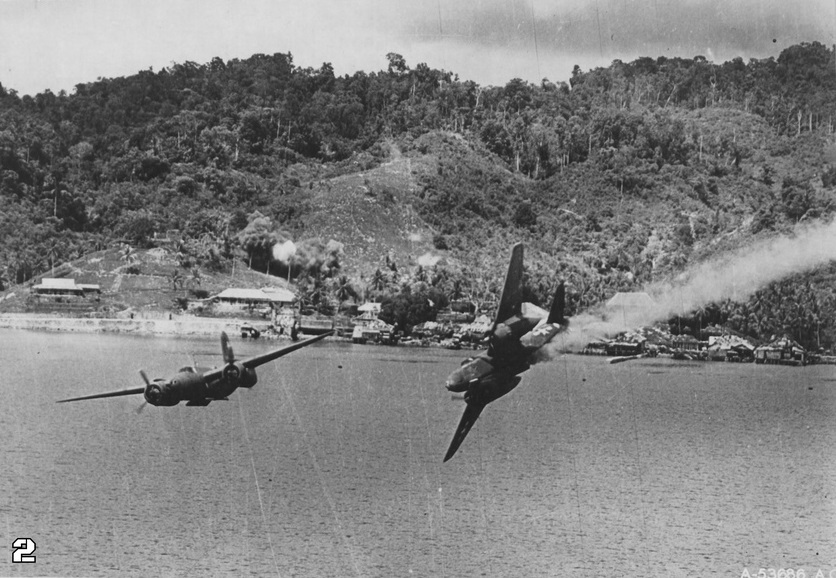
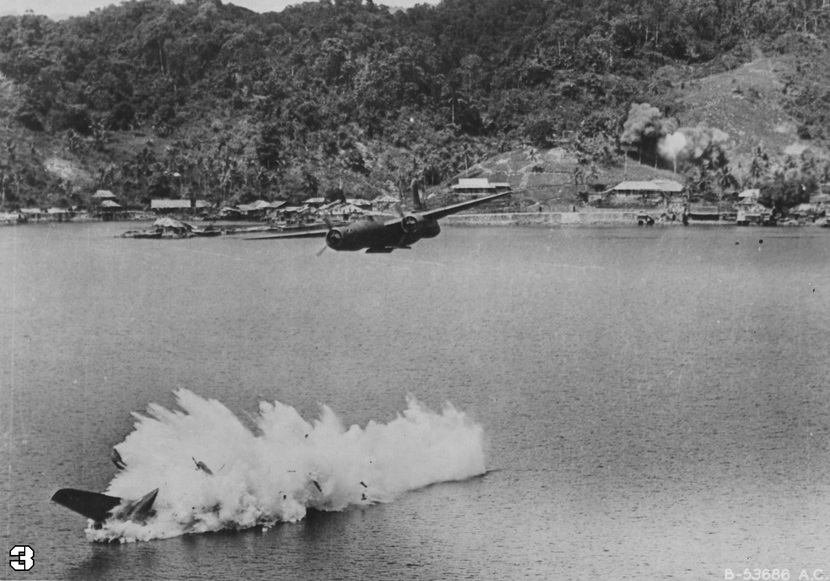
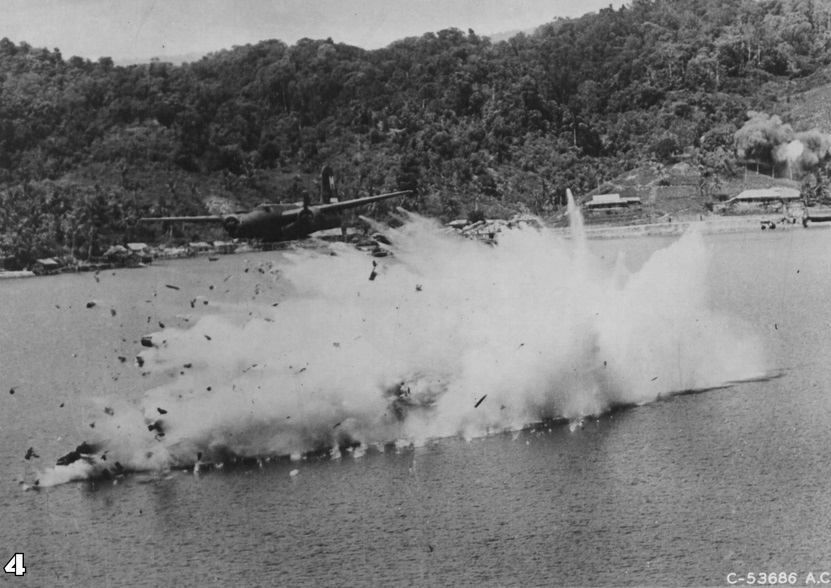
The Douglas A-20G Havoc was a twin-engine light bomber developed from an earlier export aircraft produced for France and Britain. (In British service, it was known as the Boston. 7,348 A-20s were built at Douglas Aircraft Company plants in Long Beach, El Segundo and Santa Monica, California, from 1939 to 1945. All 2,850 of the A-20G variant were built at Santa Monica from 1943 to 1945.
The A-20G was 48 feet (14.630 meters) long with a wingspan of 61 feet, 4 inches (18.694 meters) and overall height of 17 feet, 7 inches (5.359 meters). It had an empty weight of 17,200 pounds (7,802 kilograms) and maximum takeoff weight of 30,000 pounds (13,608 kilograms).
The A-20G was powered by two air-cooled, supercharged, 2,603.7-cubic-inch-displacement (42.688 liters) Wright Aeronautical Corporation GR2600A5B-0 Cyclone 14 (R-2600-23) two-row, fourteen-cylinder radial engines, each rated at 1,350 horsepower at 2,300 r.p.m., and 1,600 horsepower 2,400 r.p.m., for takeoff. The engines (also commonly called the “Twin Cyclone”) turned three-bladed Hamilton Standard Hydromatic constant-speed propellers with a diameter of 12 feet, 7 inches (3.835 meters) through a 0.5625:1 gear reduction. The R-2600-23 was 4 feet, 10.32 inches (1.481 meters) long, 4 feet, 7.1 inches (1.400 meters) in diameter, and weighed 2,056 pounds (933 kilograms).
The A-20G had a cruise speed of 230 miles per hour (370 kilometers per hour) and maximum speed of 339 miles per hour (546 kilometers per hour) at 12,400 feet (3,780 meters). The service ceiling was 25,800 feet (7,864 meters). Range with a 2,000 pound (907 kilogram) bomb load was 1,025 miles (1,650 kilometers).
The A-20G Havoc was armed with six forward-firing .50-caliber Browning machine guns with 350 rounds of ammunition per gun, a power turret with another two .50-caliber guns and 400 rounds per gun, and a ninth .50 mounted in a ventral tunnel with 400 rounds. The bomber could carry 2,000 pounds (907 kilograms) of bombs in the internal bomb bay and a 500 pounder (227 kilograms) on a hardpoint under each wing.
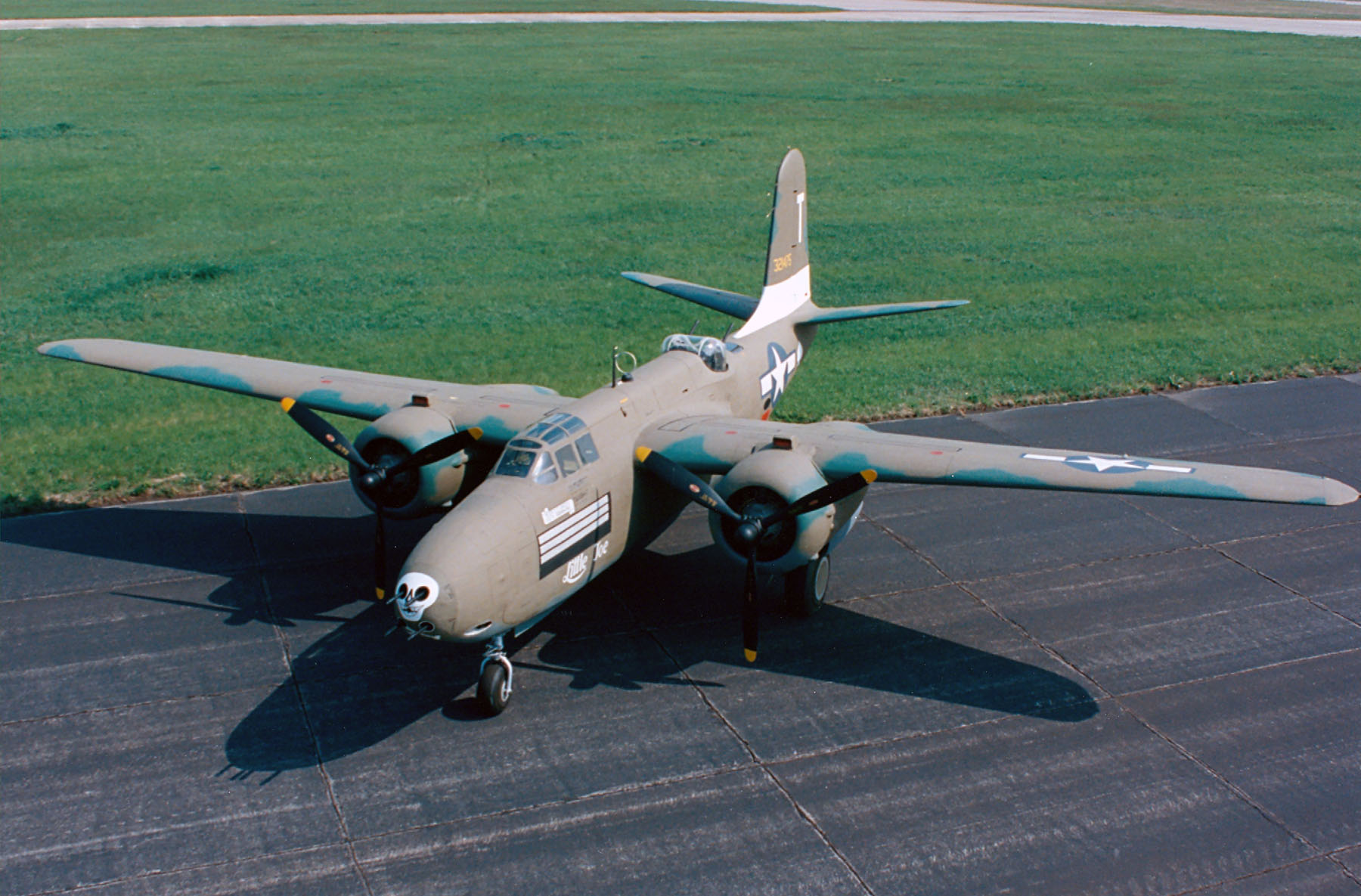
© 2016, Bryan R. Swopes
Wow. 70th mission. What a hero.
Love your column but this series of photos seems too much like a snuff flick….
That is probably the most insulting thing anyone has ever said to me.
….combat photography. If you want more exposure to this genre, see the Life photographic history of WW2. Calling it “snuff” is a Gulf War 2 thing.
Captain Jack W Klein the lead pilot took the photos from his AC’s Bomb Damage assesment Camera.
Jack’s Son peter is a friend of mine and copies of the original Photo’s taken by his fther of his friends demise are on his lounge room wall in Bowral NSW.
Until the photo’s were developed the rest of the flight were unaware of what happened and where as over the target they were busy avoiding Lt Knarr’s and Sgt Knapson his gunner fate in A20 G Bevo over Kokas Dutch New Guinea
7o mission is an incredible achievement.
Yes, it is.
Great article ! These men’s would be forgotten if you wasn’t for your thoughts and efforts into doing this. Keep up the good work and ignore the keyboard critics !
Thank you, Will.
Some folks truly amaze me… Great photos, time to remember the sacrafices.
Thank you for the article, and RIP to the airmen of that flight.
Thanks for sharing.
Excellent article Will ?
Bryan,
Thank you for this post. I like every post abt the Army Air Corps. My Dad flew the hump.
He had 144 combat missions hauling cargo. He was the engineer on the plane. He didn’t talk abt it much. Being part of the “greatest generation”, being my hero and best friend, I wish I could talk to him once more. Maybe, on the other side.
Thank you, Eric.
Great article. Thank you!
Thank you, John.
Have seen those photos before. Worth seeing again. Among my dad’s “stuff” from WW2 was an article and pic of his high school friend(sent by his sis to him). The friend was a B-25 pilot..no return/missing from a mission(South Pacific).
Heros! Never forgotten
I was born on 7 7 44 and actually flew a DC-3 over that bay in 1998 that DC-3 WAS BORN 7 44. What a coincidence
Heroes, one and all! God bless America!
Looks like the flak shell took out the elevator control,dam shame,r.i.p. seen these pics before
Remove Paul Proctor’s comment, please.
One question: Two heroes perished, I assume that was the whole complement of crew on this type of aircraft?
According to the Wiki A-29 Havoc page, US missions in New Guinea frequently were at low altitudes and they eliminated the bombardier position for those sorties.
I wonder if the crew had a Texas connection, as ‘Bevo’ is the University of Texas’ mascot.
The name of the airplane was something that I wondered about. Possibly so.